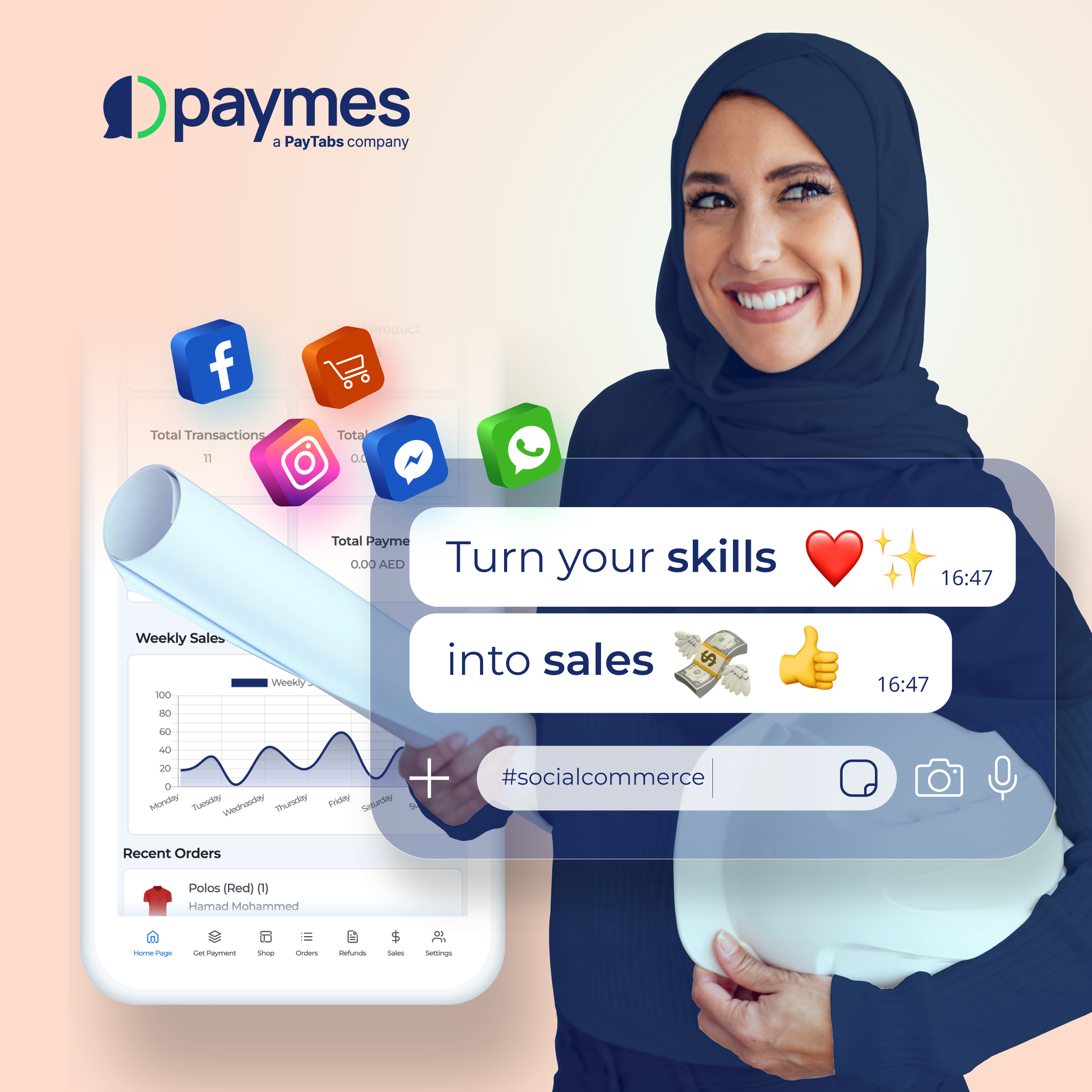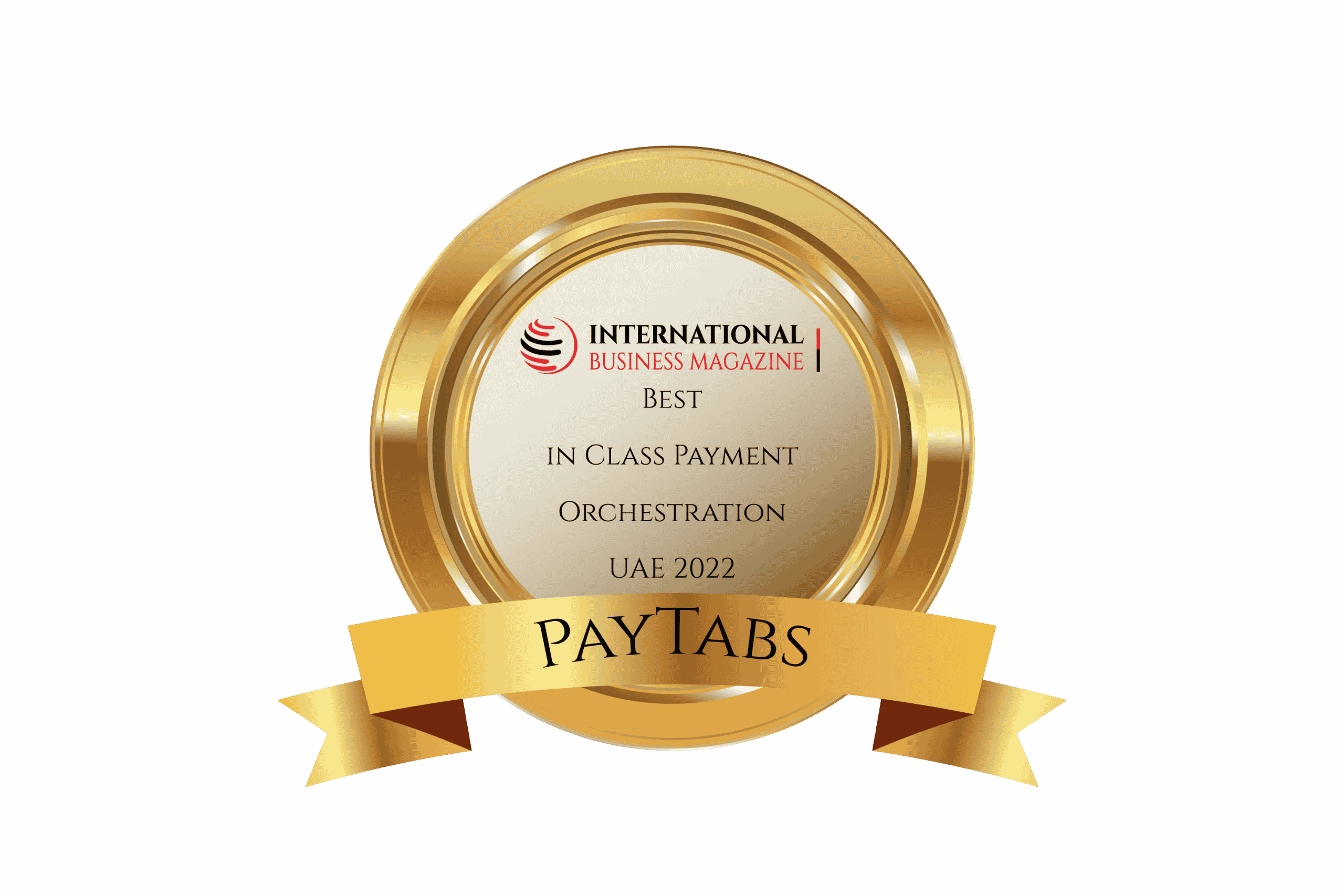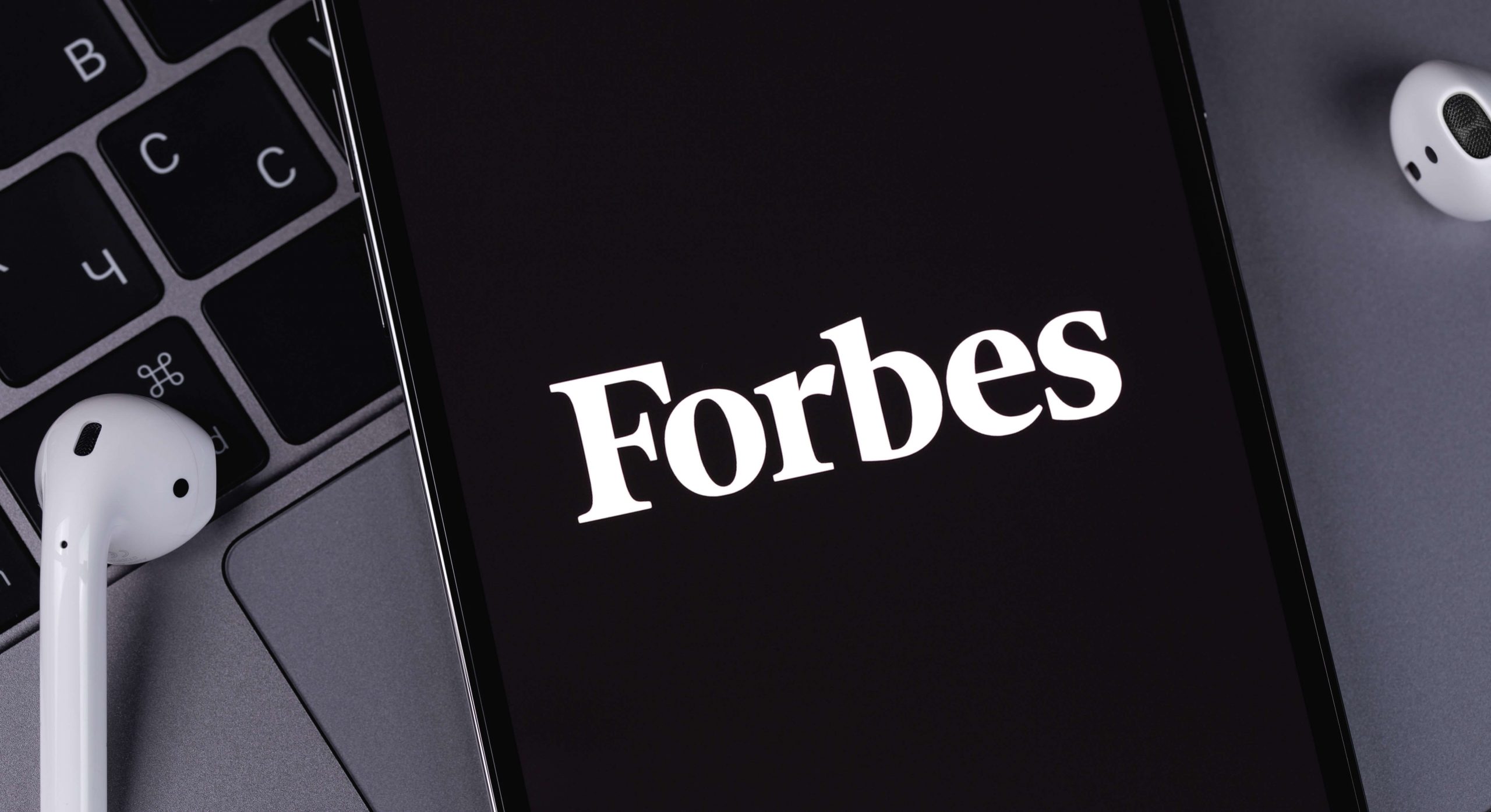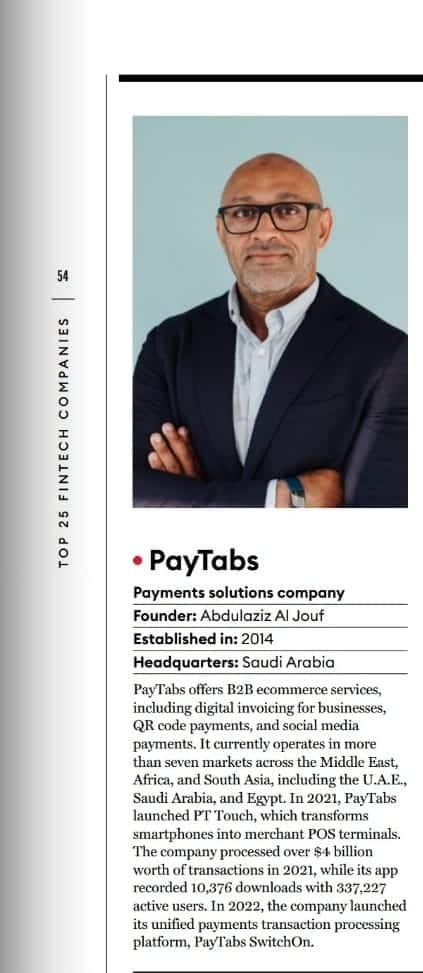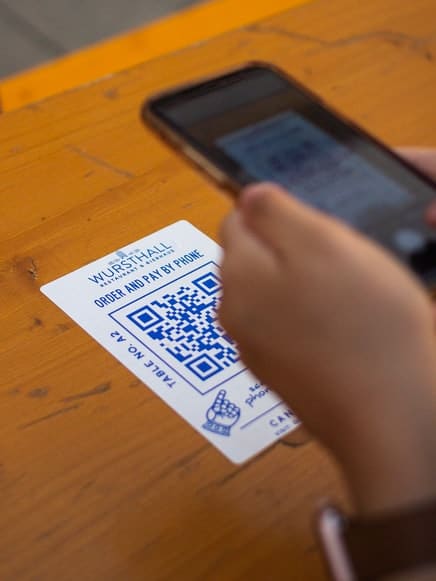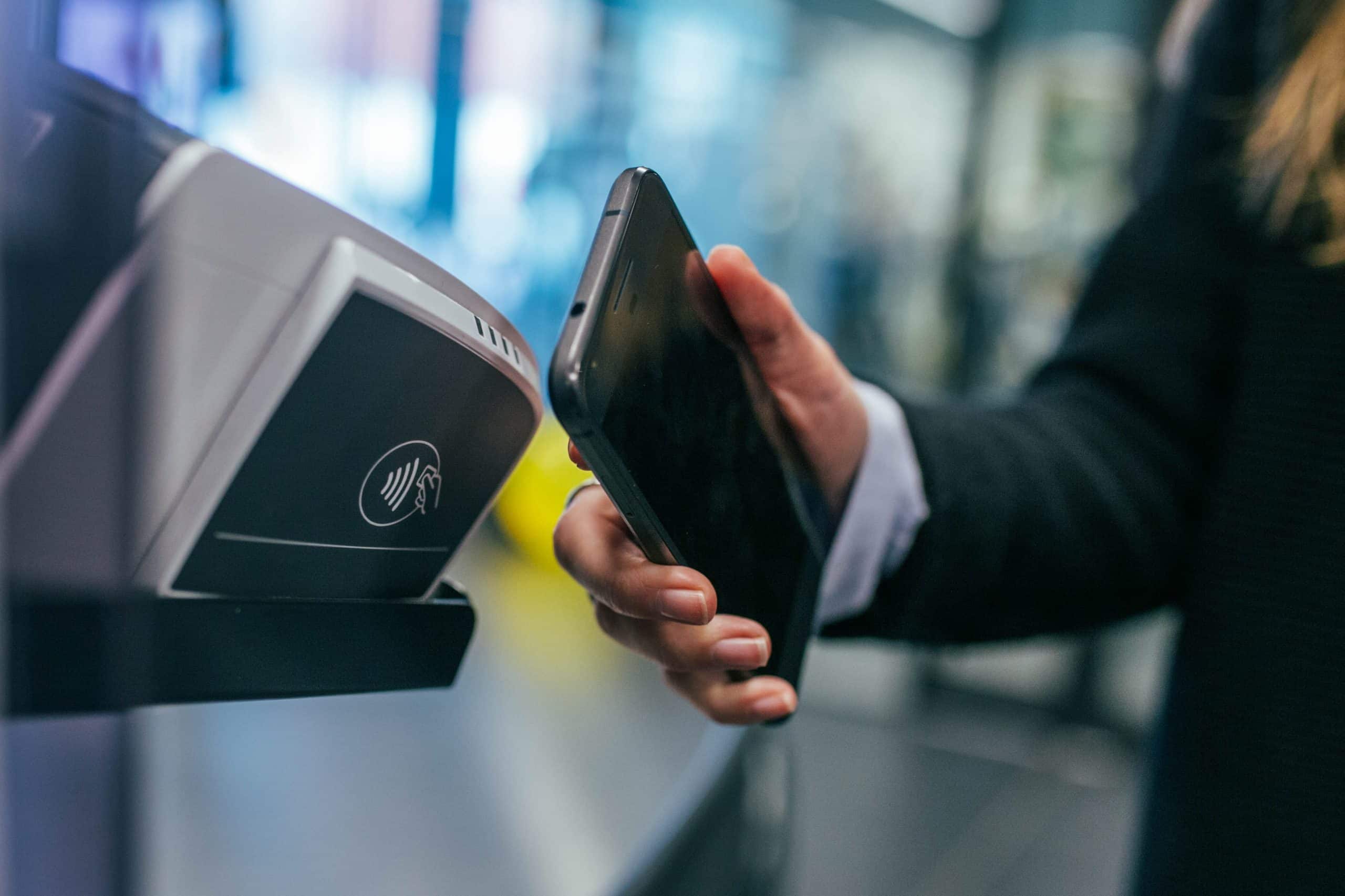10 Amazing Ideas For Managing a Team Of Freelancers
Managing freelancers can quickly become a difficult job. Especially if you have more than a few freelancers working on different tasks for you. It can be distracting and stressful, leaving you incapable to do your own job.
But how do you actually manage a team of freelancers effectively?
Set clear expectations
Freelancers tend to love clear explanations and expectations. This way they do their job best and become more productive. At the very beginning of cooperation with a freelancer, state what your expectations are and what you need from them.
If you start this way, you set yourself and your freelancer up for success. You can even have a document prepared for every new freelancer to help them learn what you need and want. Have some measurements of quality and productivity as well.
Have regular check-ins
While talking with your freelancers constantly can be counterproductive, it might be a good idea to have regular, scheduled check-ins with them can be useful. Maybe you could have them on a daily or weekly basis.
“Just check-in, see if there are any issues or problems that you need to discuss, if every element of their task is clear or not, and so on. Let your freelancers know when you want to speak with them,” explains Dan Errington, a freelance writer at Assignment Service and Australianreviewer. You can stick to chatting solutions because this way, you don’t interrupt their work too much and they can remain focused.
Have a chat room available
Having an open chat room for all of your freelancers is a great idea because it’s the place they could come into if they face any issues or if they didn’t understand something properly. Other freelancers could help them as well and this is a good solution for creating that team feeling.
Allow flexible work hours
Some freelancers are night owls, some like early mornings. As long as they get the work done every day, as per schedule, be flexible with their work hours. Allow them to work when it’s convenient for them but within reason.
For instance, they can deliver the work within 24 hours of you assigning them a task. It allows them plenty of time to work and plenty of time for their own personal life or obligations.
Track your output
Tracking productivity is important in every industry and with every team. You should constantly check your productivity and find the best ways to increase it as well as the quality of work and the speed of delivery. All of these things mean that your team is functioning as it should.
Test new freelancers with short-term tasks
Before you hire a freelancer, you should make sure that you test them with a short-term task that resemble your long-term tasks. You can also see how fast they work and if their work quality is up to your standards. This is a widely known technique and it works so well for many companies.
Pay them well
People who do freelance work do it just as good and invest just as much time and effort into it – if not more – as people in your office do. Accordingly, they should be paid equally. Always be on time and offer bonuses for quicker turnaround time if you want your freelancers to remain happy and satisfied.
Nurture virtual friendships
Make sure that your freelancers socialize and communicate with each other. This provides them with that office feeling they lack and they will have someone to talk to about everything that’s happening throughout the day.
Know the difference between soft and hard deadlines
“Some deadlines cannot be missed,” says an HR manager, Sacha Benson from Simple Grad and Best Essay Services. “Some are softer than that. Instead of wasting your time and your nerves on these soft deadlines, allow your freelancers to be late if something isn’t urgent but be stricter when it comes to urgent work. Also, let them know for how long they can miss the deadline and tell them that while it isn’t a perfect situation, it’s sometimes understandable.”
Create workflows
Workflow mean that the work gets done faster and more efficiently. Create workflows and instruct your freelancers to stick to them. These are simple yet effective tools in achieving better productivity
Effective Freelance Team Management
Your freelance teams are just like your office teams. Only it’s sometimes much more complicated to run them. Hopefully, these tips will be helpful to you and your freelance team.
Want your freelancers to get started with their services today? Consider adapting Paymes! Paymes is a social commerce solution that allows freelancers to get paid for the services that they provide. It’s a great way to give your freelancers the business and financial independence that they need to get their feet wet in the industry!
 Jenny Han
Jenny HanJenny Han is a recruiting analyst and writer for Top essay writing services and Via Writing. She loves writing articles about latest trends in business and helping companies handle their management and teams. Also, she is a proofreader at Academadvisor.
